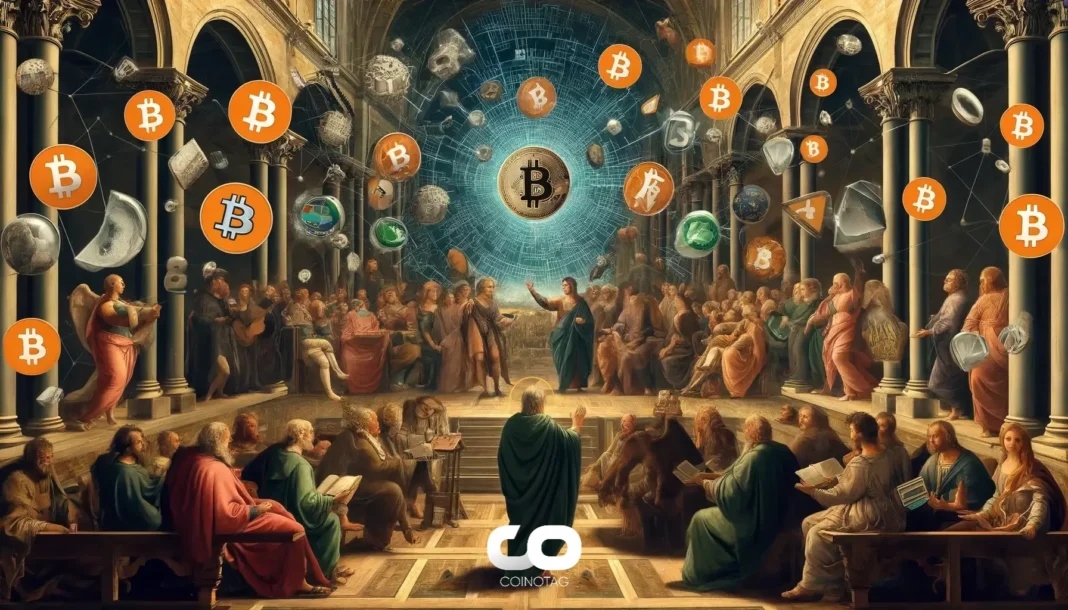- The Ethereum blockchain has long faced issues with scalability, particularly during high activity periods that lead to network congestion, slow transaction times, and high gas fees. These challenges affect user experience and limit the network’s capacity to support a diverse range of applications. The Dencun upgrade, introduced in March 2024, represents a significant advancement towards resolving these issues by laying the groundwork for future scalability improvements.
- Dencun, which combines elements from the Cancun and Deneb upgrades, does not provide an immediate solution to all scalability problems. However, it is a crucial milestone in Ethereum’s development. Central to the Dencun upgrade is the concept of “proto-danksharding,” which sets the stage for future sharding implementations. Sharding involves partitioning the blockchain into smaller shards, each capable of processing transactions independently. This parallel processing is expected to substantially increase Ethereum’s transaction throughput in the future. While Dencun does not implement sharding directly, it establishes the necessary technical foundation for its eventual deployment.
- The primary focus of Dencun is not directly reducing transaction fees on the Ethereum mainnet. Instead, it aims to optimize fees within Layer 2 networks. Layer 2 solutions function on top of the Ethereum blockchain, aggregating transactions off-chain before submitting them back to the mainnet. This process helps mitigate congestion on the main network and can potentially lower fees for users.
The Dencun upgrade, a significant advancement in Ethereum’s development, aims to resolve scalability issues and optimize fees within Layer 2 networks.
Key Features of the Dencun Upgrade
A significant feature of Dencun is EIP-4844, which lowers the cost for Layer 2 networks to submit their bundled transactions to the Ethereum blockchain. This improvement is expected to enhance the efficiency of Layer 2 solutions, potentially reducing fees for their users. However, the actual fee reductions observed may not be as substantial as initially projected, and the long-term effects on fees will need further monitoring.
Impact on Ethereum Supply
One unintended consequence of the Dencun upgrade has been its impact on the Ethereum supply. The reduction in transaction fees led to a decrease in the amount of ETH burned. Previously, higher network activity and fees resulted in more ETH being burned, contributing to a deflationary effect on its total supply. Following the Ethereum Merge, which transitioned the network from proof-of-work to proof-of-stake, this deflationary mechanism was an anticipated benefit. However, with fewer fees being burned and the natural increase in supply, the total supply of ETH has started to grow at a faster rate, shifting back towards an inflationary model.
Conclusion
The Dencun upgrade represents a significant step forward in Ethereum’s development, laying the groundwork for future scalability improvements and optimizing fees within Layer 2 networks. However, its impact on Ethereum’s supply and the potential shift back towards an inflationary model will require close monitoring and analysis. The future of Ethereum, particularly in light of regulatory developments and the evolving crypto landscape, remains an intriguing prospect.







